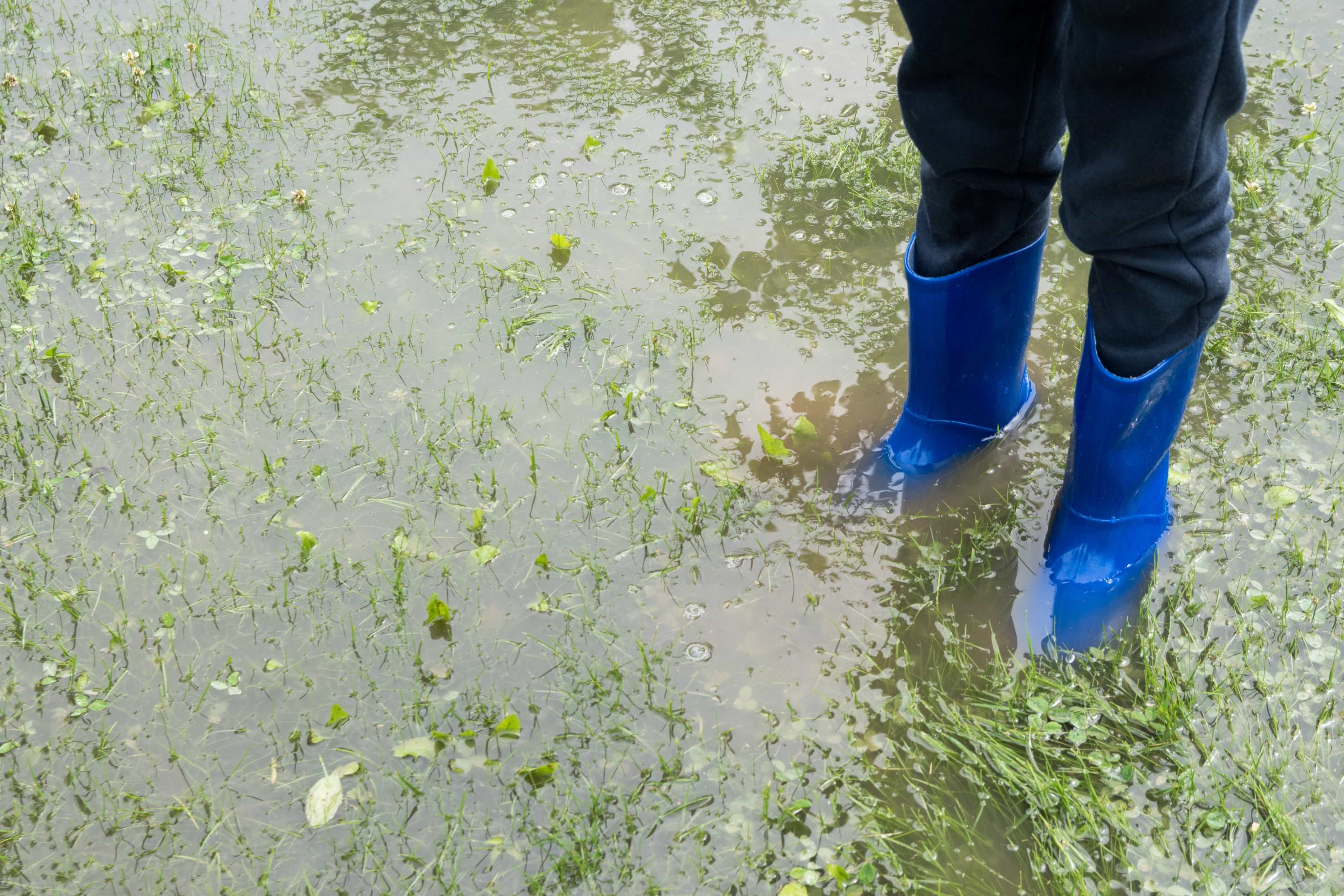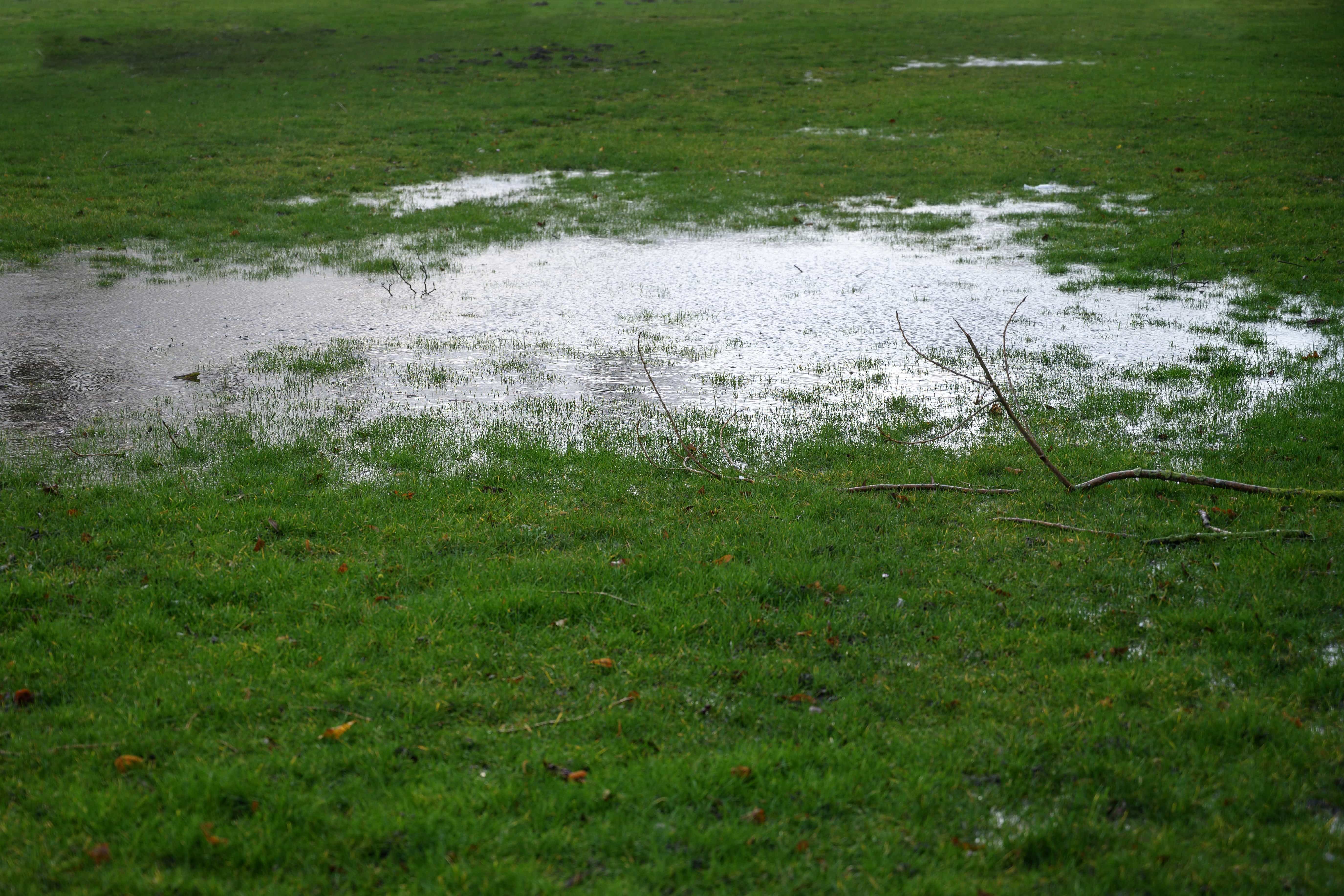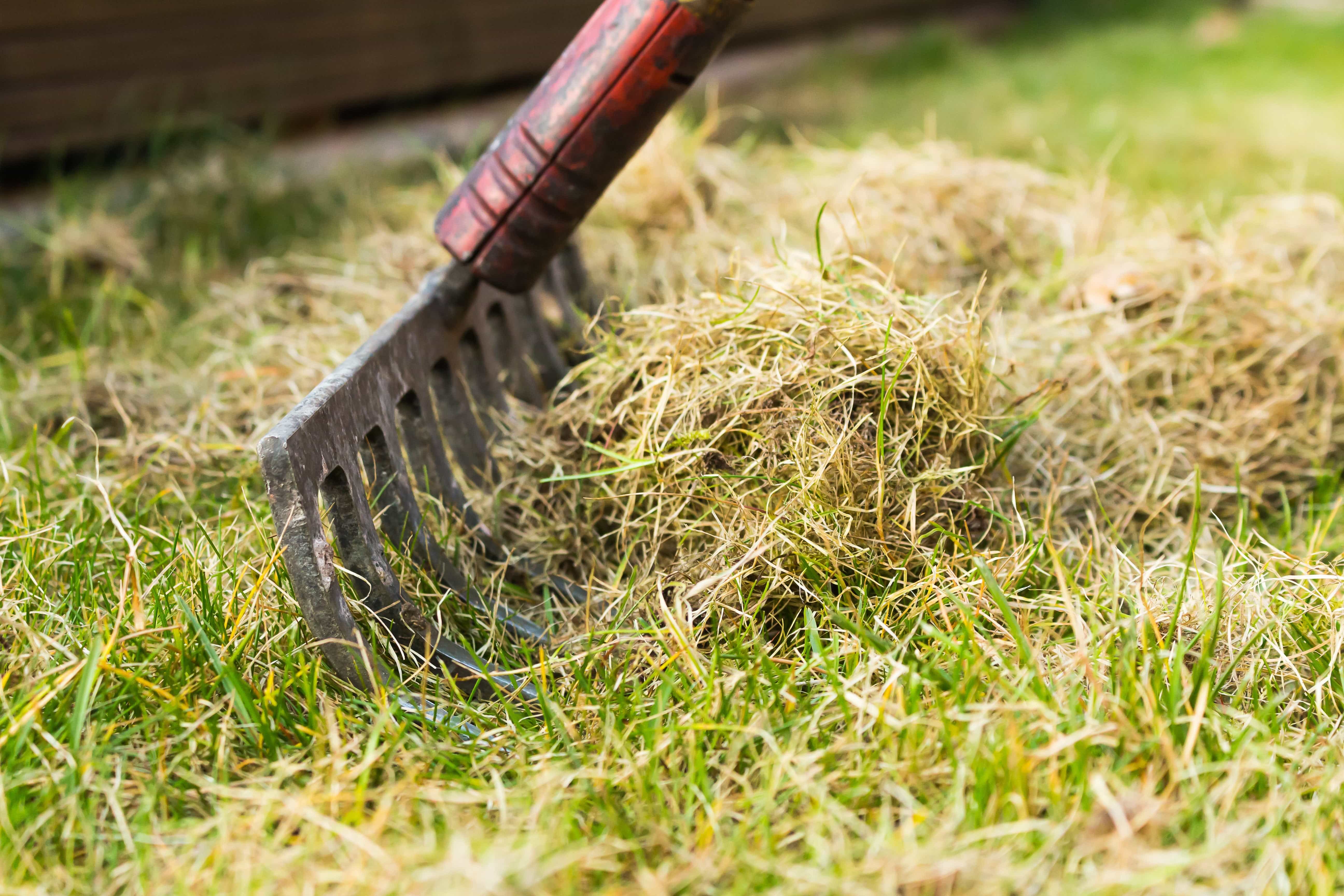Why Do I Have Standing Water in My Yard?

Standing water in the yard can be caused by many things: soil that doesn't absorb water, grading issues, etc. Try these drainage solutions to keep your yard above water.


Standing water in the yard can be caused by many things: soil that doesn't absorb water, grading issues, etc. Try these drainage solutions to keep your yard above water.
Keeping your lawn green and pristine is a matter of homeownership pride. It can be upsetting to find a growing puddle of standing water right in the middle of your landscaping. Not only does stagnant water kill your grass, but it also damages ornamental plants and compromises your home’s foundation. Standing water can also be a breeding ground for mosquitoes and a symptom of larger problems.
What causes water to accumulate on your lawn? What are the best methods of eliminating standing water? If you are asking these questions, you’re not alone. American Home Shield® is here to help with key information that homeowners need to know.
Causes of Standing Water in the Yard
When stagnant water forms on your property, it can be a sign of either easily correctable habits or more fundamental design flaws.
The following are common culprits in cases of both front and backyard standing water:
See how a plumbing protection plan can help with covered repairs.

Standing Water in the Yard: Solutions

Fortunately, there are several ways you can mitigate stagnant water. Depending on the ultimate cause of the issue, you can take immediate action to boost your lawn’s ability to shed water. Try these solutions:

Don’t let standing water keep you and your family from enjoying the outdoor areas around your home. By identifying the cause of your drainage problem and utilizing these solutions, you can ensure that your yard will be pristine in no time.
Consider getting an American Home Shield® home warranty to help protect your budget. While we don’t cover outdoor plumbing, we do offer coverage for parts of up to 23 home systems and appliances, like the plumbing system inside of your home. Explore our home warranty plans today.
AHS assumes no responsibility, and specifically disclaims all liability, for your use of any and all information contained herein.
Have a plan for your home when things don't go according to plan
Shop Home WarrantiesDevelopment